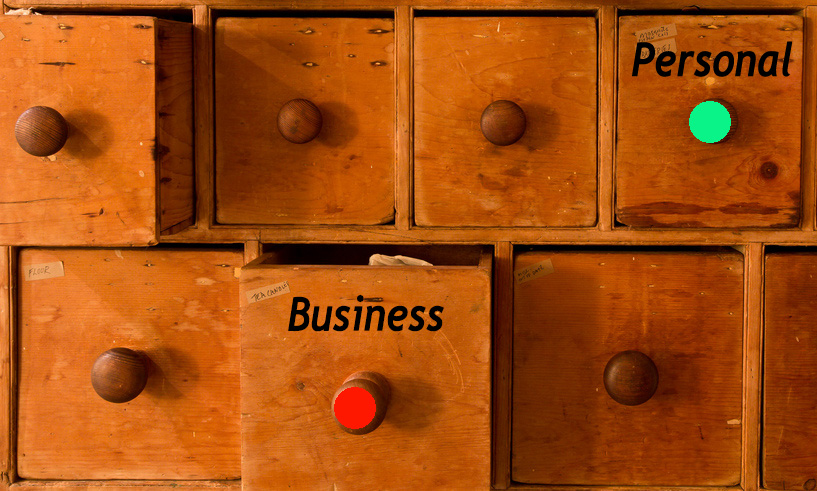Collaborative coaching unleashes the ‘F’ words

What is coaching? Short-term connection to impart specific learnings? If you’re really lucky, it might be a life-changing experience. As someone once said “Lyn has shown me that dreams really can come true.” However, this can only happen if the coach and the person you’re coaching work together, unleashing the ‘F’ words, for mutual benefit. What I like to call collaborative coaching.
When I think about collaborative coaching, I think about unleashing my four favourite ‘F’ words!
Friendship
Cast your mind back to life before Covid. I was meeting a potential client in the British Library. She’d allowed 45 minutes for our meeting to see if she wanted to work with me on her public speaking. It didn’t start well.
Her train was delayed. My train was delayed. Her train was further delayed.
I got to the British Library. She was just arriving at Euston and there was a queue to get into the British Library.
So much for our 45 minutes! By the time we’d found each other, grabbed a cuppa and found somewhere to sit, we were down to 30 minutes.
We started talking about… politics. Risky, eh, on a first meeting? We talked about Brexit, the general election, Amazon’s tax status. We carried on. Homelessness. Mental health. We swapped personal stories and traded vulnerabilities.
Then she said “Lyn, I have a year of important speaking ahead and I want to raise my speaking game. What can you do for me? I talked about my approach. She talked about invoicing. And I thought, happily, I have a new client.
She told me that she’d arranged to meet me to see if she liked me. Somehow, our 30 minutes morphed into a couple of hours and we left the British Library like new best friends, excited about working together.
In my experience, effective collaboration begins with a desire to understand each other and build something mutually beneficial together.
Flexibility
Collaborative coaching can’t be a one-way street with the coach deciding what to deliver, based on predetermined goals and content. That’s a lecture. Content needs to be flexible and determined by the person being coached, combined with observations from the coach. So the coach needs to…
LISTEN carefully. What does the person you’re coaching say they want you to cover and does that align with what they actually need in order to reach their speaking goals?
WATCH carefully. What do they show you they’re already good at and what could they improve?
FEEL fully. How do they make you feel when you experience being with them? How do they connect and engage with you and how is that likely to translate into speaking with an audience?
With the stated needs and the observations, you’re in a position to agree coaching objectives and co-create relevant content that can evolve, flexibly, as the coaching progresses. The continuous interchange between the coach and the coachee always produces a unique experience that is fresh and stimulating for both parties, while ensuring ongoing evaluation of goals and content.
Fun
As you know, we learn better when we’re relaxed and having fun. As Churchill said:
“Personally I’m always ready to learn, although I do not always like being taught.”
I like to think that collaborative coaching would have given Churchill the joy of learning in a way that responded to his needs and preferred learning style.
When we’re happy and having fun, we unleash a cocktail of dopamine, endorphins and oxygen that help us learn.
Coaching that involves laughter, play and experimentation is far more likely to be productive and something we look forward to. It keeps piquing our curiosity and encouraging us to want more, while the act of learning itself is a pleasure and one we enjoy being part of.
However, fun is one of those words that means different things to different people, so again, it’s crucial to explore what qualifies as fun to both participants.
When I meet a potential client, I’m exploring the things that make them laugh, the characteristics of what they consider a fun experience. And, having spent a career in market research, it’s not just what they say that I’m absorbing, but also what they don’t say, their non-verbal behaviour and responses.
So, how do we bring fun to online platforms? I always start with the setting. Is everyone comfortable? Do they have something to drink and/or eat? Do they have relevant equipment, materials and resources to hand? If not, it’s worth taking a few minutes to be ready and settle. Connection and engagement are critical, so it can be useful to share a story or anecdote before moving forward.
Interaction is essential for energy and fun. Breakout rooms on Zoom and Teams are invaluable in bringing small groups together, allowing them to explore and develop ideas before sharing them back to the bigger group. And don’t overlook all the tech that enables people to interact online, including digital whiteboards, pinboards, polls, etc.
Introducing elements of gamification can also heighten the fun, including introduction of a theme, pressure and excitement of being against the clock, competition, rewards and recognition, progression (levels), gifting and sharing, teamwork, anarchy of turning something on its head and so on. Gaming and play in its broadest sense have so much to bring to coaching as a stimulating and co-created, collaborative experience between coach and coachee and among fellow coaching participants.
Feedback
Collaborative coaching needs a growth mindset. It requires openness and recognition that both parties have something to teach to, and something to learn from, each other.
Coaching sessions where everyone is giving and receiving feedback are exciting and stimulating. The key is to agree in advance the nature of the feedback. Feedback is most effective when the ground rules are clear and everyone knows their role. Examples might include:
- Who is giving feedback on what? Agreeing this in advance means participants can focus on the task as it is happening and not have to rely on recall after the event.
- When is it useful to give the feedback? For instance, will sharing your thoughts as you go along be more or less helpful than debriefing as a session wrap-up?
- How do you want to offer/receive feedback? I am a fan of a ‘sandwich’ approach where suggestions for improvement and growth are sandwiched in between positive observations about things that are working well.
When feedback is a tool for learning from each other so that coaching can develop effectively, it’s a win-win experience for all concerned.
As the coach, feedback challenges and stimulates you to sharpen and evolve your skills and material when you’re co-creating with the person you’re coaching.
As the person being coached, you get that vital input you need to develop and meet your coaching goals.
At its best, it allows coaches to acknowledge that coaching outcomes are a result of working together, of co-creation. For coachees, that very process of co-creation may help them acknowledge the help they’ve received.
It’s a great joy to work with clients who value the ‘F’ words – friendship, flexibility, fun and feedback – for collaborative coaching that benefits all involved.





